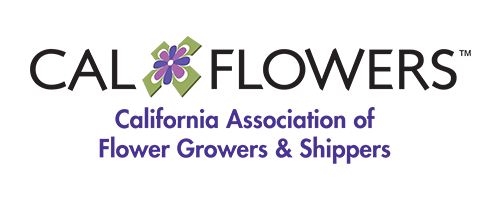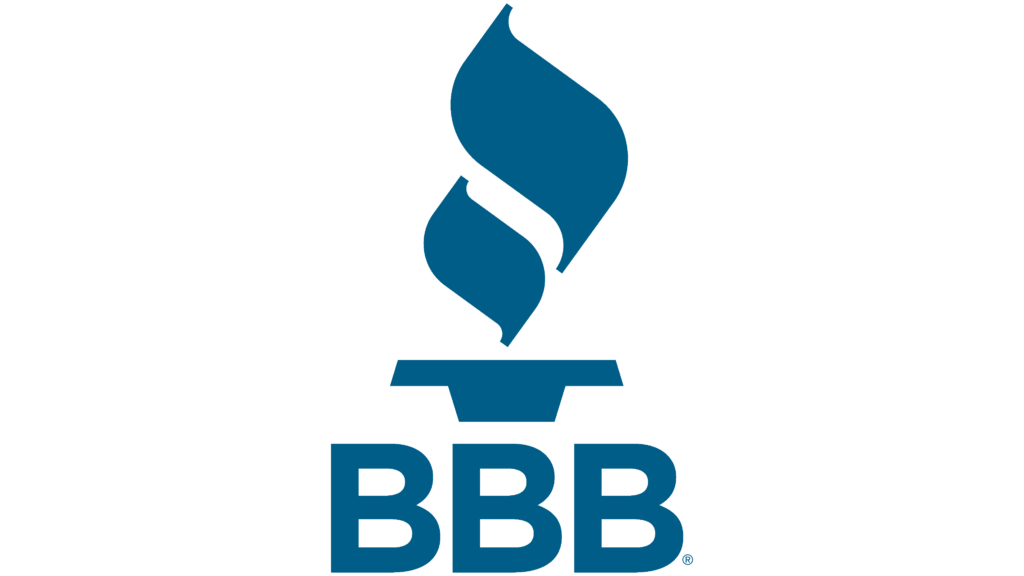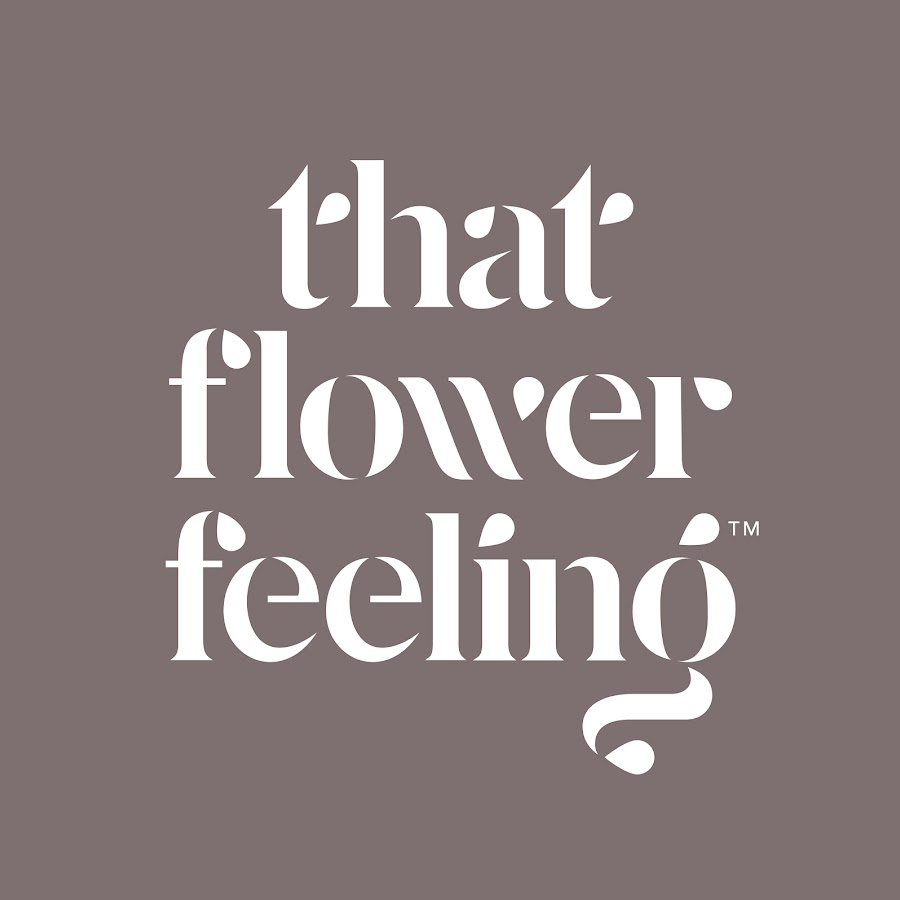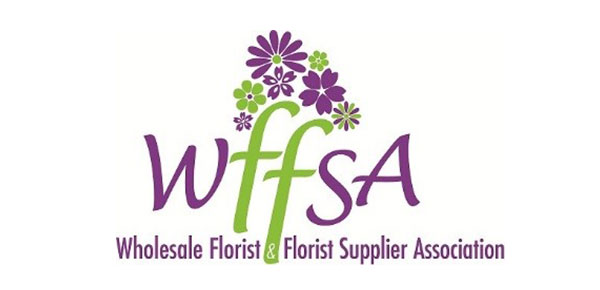Mythical creatures have captivated human imagination for millennia, serving as symbols, allegories, and expressions of cultural values. Their enduring appeal continues to influence various facets of modern design, from art and fashion to branding and entertainment. Understanding how these legendary beings shape contemporary aesthetics offers insight into the deep-rooted connections between mythology and modern creativity.
Table of Contents
- Introduction to Mythical Creatures and Their Cultural Significance
- The Concept of Inspiration: From Myth to Modernity
- Mythical Creatures as Symbols in Modern Design
- Modern Interpretations of Mythical Creatures
- Case Study: «Legend of Medusa™» as a Modern Illustration of Mythical Influence
- Mythical Creatures and Modern Gaming: The Case of Slot Systems
- From Myth to Material: The Physical and Digital Design of Mythic Creatures
- The Non-Obvious Depths: Mythical Creatures as Archetypes in Modern Psychology and Social Design
- Ethical and Cultural Considerations in Myth-Inspired Design
- Conclusion: The Enduring Legacy of Mythical Creatures in Shaping Modern Aesthetics
Introduction to Mythical Creatures and Their Cultural Significance
Definition and Origins of Mythical Creatures in Mythology
Mythical creatures are legendary beings that originate from ancient stories and mythologies across cultures worldwide. These beings often embody human fears, aspirations, or societal ideals. For example, the Greek Hydra symbolizes chaos and danger, while the Chinese dragon represents power and wisdom. Their origins can be traced back to oral traditions, religious texts, and cultural folklore, serving as allegories for natural phenomena or moral lessons.
The Enduring Appeal and Symbolism of Mythical Beings in Human Culture
Mythical creatures resonate deeply because they tap into universal themes—transformation, danger, heroism, and mystery. Their symbolism often reflects societal values and collective subconscious. For instance, the phoenix signifies rebirth and renewal, inspiring modern narratives of resilience. This symbolism persists today, influencing branding, fashion, and digital media, where mythic traits evoke emotional resonance and cultural identity.
Overview of How Mythic Themes Permeate Modern Design and Media
From superhero comics to luxury jewelry, mythic themes are embedded in contemporary design. Digital art reimagines dragons and unicorns, while films like Clash of the Titans revitalize ancient monsters. Brands leverage mythic symbols to communicate qualities like strength and mystery. This ongoing influence underscores the timeless nature of myth and its capacity to inspire innovation.
The Concept of Inspiration: From Myth to Modernity
How Mythological Stories Influence Contemporary Aesthetics and Themes
Mythological narratives serve as rich sources of inspiration, shaping visual motifs and thematic elements in modern design. For example, the winged horse Pegasus symbolizes freedom and aspiration, inspiring logos and artwork that emphasize movement and transcendence. Such motifs are often abstracted or stylized to fit contemporary aesthetics, yet their core symbolism remains recognizable.
The Psychological and Cultural Factors Making Mythical Creatures Compelling in Design
Humans are inherently drawn to stories and symbols that evoke emotion and meaning. Mythic creatures often embody complex archetypes—strength, danger, beauty—that resonate across cultures. This universality makes them powerful tools in branding and storytelling, as they tap into subconscious associations, fostering connection and memorability.
Examples of Myth-Inspired Motifs in Modern Art, Fashion, and Entertainment
In art, myth-inspired motifs appear in digital illustrations and sculptures, such as the depiction of Medusa’s gaze in contemporary jewelry designs. Fashion brands incorporate dragon and phoenix imagery to evoke power and rebirth. In entertainment, movies and video games frequently adapt mythic creatures—like dragons in Game of Thrones—to create immersive worlds that connect with audiences on a primal level.
Mythical Creatures as Symbols in Modern Design
The Role of Symbolism and Allegory in Design
Design often employs symbolism to communicate complex ideas succinctly. Mythical creatures serve as allegories—Medusa’s head, for example, symbolizes danger and protection, while a phoenix signifies renewal. These symbols can be integrated into logos, architectural motifs, or product packaging to evoke specific emotional responses and cultural associations.
How Mythical Creatures Embody Specific Qualities
- Medusa: Allure intertwined with danger, symbolizing both beauty and warning.
- Pegasus: Freedom and transcendence, inspiring themes of aspiration and achievement.
- Dragon: Power, protection, and mysticism, often used in branding to evoke strength.
Case Studies of Brands and Products Utilizing Mythic Symbolism
Fashion labels incorporate Medusa’s image in jewelry to evoke mystique and empowerment. Tech companies use dragon motifs to symbolize innovation and strength. A notable example is LEGENDOF MEDUISA, which reimagines Medusa’s myth in a modern aesthetic, exemplifying how timeless symbols can be adapted to contemporary branding.
Modern Interpretations of Mythical Creatures
Artistic Reimaginings in Digital Art, Movies, and Video Games
Digital artists frequently reinterpret mythical beings, blending traditional symbolism with contemporary styles. Films like Percy Jackson portray mythic creatures with modern storytelling, while video games such as God of War feature minotaur and dragon characters reimagined in high-fidelity digital environments. These reinterpretations keep myth alive while making it accessible to new audiences.
The Adaptation of Mythic Traits into New Contexts
Mythic traits are often stylized for modern use—for example, Medusa’s head appears in jewelry collections as a symbol of strength and protection rather than fear. In gaming, mythic motifs serve as powerful icons representing bosses or treasures, enhancing user engagement through their archetypal significance.
The Influence of Mythology on Character Design and Branding
Brands leverage mythic characters to create memorable identities. For instance, the mythical phoenix is used in logos to symbolize rebirth and resilience, such as in recovery brands or tech startups. This demonstrates how mythic symbolism translates into branding strategies that evoke emotional depth and cultural resonance.
Case Study: «Legend of Medusa™» as a Modern Illustration of Mythical Influence
Overview of the Product and Its Thematic Connection to Medusa
«Legend of Medusa™» exemplifies how ancient myth can inspire modern branding. It reimagines Medusa as a symbol of empowerment and mystery, blending mythic aesthetics with contemporary design principles. The product’s visual identity incorporates Medusa’s serpentine hair and piercing gaze, evoking both allure and danger.
Incorporation of Mythic Symbolism into Aesthetic and Narrative
The aesthetic employs dark, metallic tones and serpentine motifs, echoing Medusa’s mythic imagery. Its narrative emphasizes themes of transformation and resilience, aligning with Medusa’s myth as a symbol of overcoming fear and adversity. This integration demonstrates how mythic symbols deepen consumer engagement by creating meaningful storytelling layers.
The Role of Myth in Marketing and Consumer Engagement
Using mythic symbols like Medusa in branding fosters emotional connections, leveraging archetypes that resonate universally. It encourages consumers to associate the product with strength, mystery, and transformation, illustrating how myth can be a powerful marketing tool beyond mere aesthetics.
Mythical Creatures and Modern Gaming: The Case of Slot Systems
How Jackpot Systems in Slot Machines Simulate Mythic Treasures and Adventures
Slot machines often employ mythic motifs—such as golden treasures guarded by dragons or mystical artifacts related to gods—to evoke a sense of adventure and reward. These themes tap into the human desire for treasure hunts and heroic quests, making gaming experiences more immersive and psychologically satisfying.
The Psychological Appeal of Mythic Themes in Gambling Environments
Mythic themes stimulate the subconscious, creating associations with legendary quests and divine rewards. The use of familiar symbols—like Medusa’s head as a protective emblem—can evoke feelings of power or luck, enhancing engagement and retention in players.
Examples of Mythical Motifs in Game Design
| Mythic Motif | Application |
|---|---|
| Dragon | Slot symbols representing power and protection |
| Medusa’s Head | Treasure icons symbolizing danger and allure |
| Phoenix | Wild symbols indicating rebirth and renewal |
From Myth to Material: The Physical and Digital Design of Mythic Creatures
Techniques and Materials Inspired by Mythic Imagery
Fashion and jewelry designers draw upon mythic imagery using techniques like intricate metalwork, enamel, and gemstone inlays to evoke legendary themes. For example, Medusa’s serpents are often rendered in silver or gold, emphasizing their mythic significance. Such craftsmanship transforms abstract symbolism into tangible art that resonates emotionally.
Digital Rendering and Animation of Mythical Beings
In digital media, CGI and animation techniques bring mythic creatures to life with realistic textures and movements. Modern video games and films use advanced rendering to create immersive myth worlds, enhancing storytelling and emotional impact. These digital representations often blend traditional mythic traits with innovative design, making ancient symbols relevant in new contexts.




